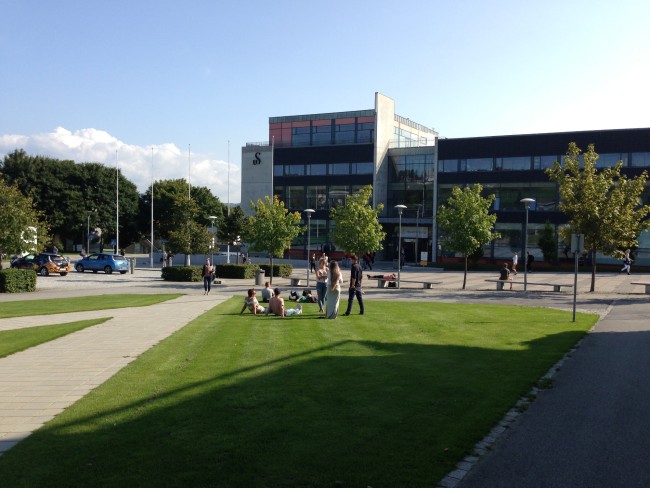On this page you can find an overview over the appointment process and national regulations regarding appointment and promotion to various teaching and research posts. The University is always in need of new staff who can help to reinforce our operations in respect of education, research, creative development, knowledge transfer and innovation. We need a broad range of skills and background experience, and we are grateful that you are considering applying for a job with us.
Techincal- administrative positions
Academic positions
Recruitment positions
The application process
Thank you for your interest in applying for a job with the University of Stavanger! We have put together a number of tips on your job application, along with some information on the recruitment process.

The qualification principle is key to our efforts to recruit new staff. We do everything in our power to ensure that we offer employment to the applicant meeting our skills requirements most accurately.
We must do everything in our power to keep you well informed throughout the process, but we would like to provide a brief summary of the standard procedures and processing time below. ..........................................................................................................................................
........................
Publication of lists of applicants
Pursuant to section 25 of the Freedom of Information Act, information concerning the applicant may be disclosed to the public, even if the applicant has requested not to appear on the public list of applicants.

The applicant will be notified if the request is not granted.
Applicants for vacancies are entitled to view information on all applicants, summarised in a list of applicants, including their professional qualifications. This is in accordance with the regulation for the Public Administration Act, § 15.
A list of applicants, including their professional qualifications and information on their education and work experience as recorded by the applicant in the JobbNorge CV template, will be made available to applicants in JobbNorge.
A public list of applicants containing information on name, age, position/professional title and municipality of domicile will only be accessible to others upon request.
Diversity
A good work environment is characterised by diversity.

Being independent, involving and innovative are the university’s values. We consider diversity to be a resource in our work and learning environment, and we are keen to show respect for one another’s differences and backgrounds. Universal design must characterise of physical and digital learning environment, and this necessary our place of work will be arranged to facilitate matters for employees with disabilities.
If you find the position to be interesting, we encourage you to apply, regardless of gender, disability, cultural background or any periods of unemployment.
Read more about working at UiS:
Charter and Code – HRS4R
UiS signed in 2011 for the Declaration of commitment to the Recommendation of the European Commission on the European Ch...
Vacant positions at UiS
There are a number of exciting vacant positions at the University of Stavanger. Click the blue arrow to read more about ...
The University of Stavanger as a place to work
Our societal mission is higher education, research and artistic development work, dissemination and innovation. We have ...
Career development and further education
One of the university’s strategic objectives is to be an open, user-oriented and learning organisation known for its goo...
Erasmus+ programme
The UiS is holder of the Erasmus Charter for Higher Education and participates in all dimensions of the Erasmus+ program...
International relations
The University of Stavanger welcomes a growing number of international students and staff to our region each year, and h...







